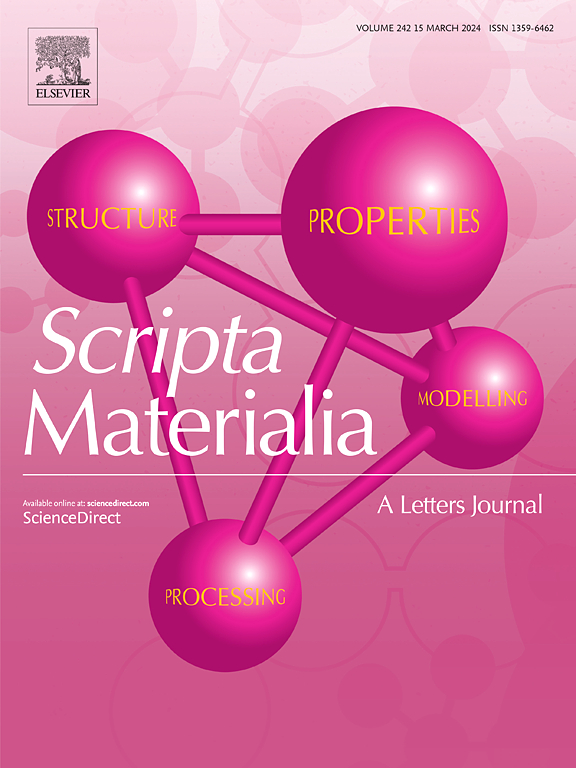基于四重奏结构生成集算法的电力电子封装烧结铜接头多孔结构三维重构
IF 5.3
2区 材料科学
Q2 MATERIALS SCIENCE, MULTIDISCIPLINARY
引用次数: 0
摘要
作为焊接的替代品,烧结材料在电力电子封装中得到了广泛的应用。这种模贴材料的一个关键问题是表征实际孔隙率,这很难通过SEM截面分析获得。因此,本文将优化后的QSGS算法应用于不同孔隙度下的烧结铜接头,基于二维SEM图像重构三维孔隙结构。首先,在不同烧结条件下制备了不同孔隙率的铜接头。然后通过QSGS算法生成三维多孔铜模型,以匹配实验观测值,包括孔隙度和孔径。进一步进行了有限元分析(FEA)模拟,探讨了孔隙对热电性能的影响。这项工作为准确预测烧结铜接头的热电性能提供了一种方法,并为优化铜烧结在电力电子应用中的应用提供了见解。本文章由计算机程序翻译,如有差异,请以英文原文为准。
Quartet structure generation set algorithm based 3D reconstruction on porous structures of sintered copper joints for power electronics packaging
Sintered materials have been widely applied, as an alternative to soldering, for power electronics packaging. One key issue for such die-attach material is to characterize the actual porosity, which is difficult to obtain through SEM cross-section analysis. Therefore, in this work, the optimized Quartet Structure Generation Set (QSGS) algorithm was applied to sintered copper joints under various porosity levels to reconstruct 3D porous structures based on 2D SEM images. Firstly, copper joints with varying porosities were fabricated under different sintering conditions. Reconstructed 3D porous copper models were then generated through the QSGS algorithm to match experimental observations, including porosity and pore size. Finite element analysis (FEA) simulations were further conducted to explore the effects of pores on thermal and electrical performance. This work provides a method for accurately predicting the thermoelectric properties of sintered copper joints and insights for optimizing copper sintering in power electronics applications.
求助全文
通过发布文献求助,成功后即可免费获取论文全文。
去求助
来源期刊

Scripta Materialia
工程技术-材料科学:综合
CiteScore
11.40
自引率
5.00%
发文量
581
审稿时长
34 days
期刊介绍:
Scripta Materialia is a LETTERS journal of Acta Materialia, providing a forum for the rapid publication of short communications on the relationship between the structure and the properties of inorganic materials. The emphasis is on originality rather than incremental research. Short reports on the development of materials with novel or substantially improved properties are also welcomed. Emphasis is on either the functional or mechanical behavior of metals, ceramics and semiconductors at all length scales.
 求助内容:
求助内容: 应助结果提醒方式:
应助结果提醒方式:


